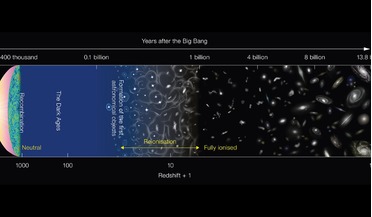 29 January 2018
Astronomers discover a fossil of the Reionisation era
29 January 2018
Astronomers discover a fossil of the Reionisation era
... find examples of the very earliest dwarf galaxies in order to help refine theories of galaxy formation and evolution. And now, a... the end of the cosmic dark ages, the first stars and galaxies, and the structure of our Universe as we see it today....
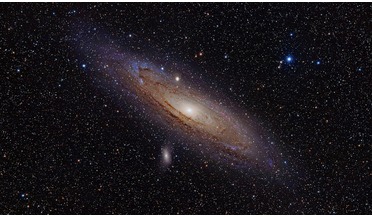 16 February 2018
New study shows Andromeda is not that big after all
16 February 2018
New study shows Andromeda is not that big after all
...spans approximately 220,000 light years and is the largest galaxy in our Local Group. After observations by the Spitzer ...technique uses the speed required by a star to escape a galaxy. "Our home galaxy, the Milky Way, is over a trillion times heavier ...
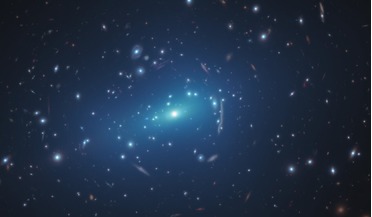 11 September 2020
New data suggests there is something missing from dark matter theories
11 September 2020
New data suggests there is something missing from dark matter theories
...the team then measured the velocity of the stars orbiting inside several of the cluster galaxies to get an estimate of each individual galaxy's mass. The resulting complementary analysis allowed the team to assemble a well-calibrated, high-resolution...
 14 March 2018
Researchers rethink quasar connection after new find
14 March 2018
Researchers rethink quasar connection after new find
...having to think twice about the relationship between galaxy formation and how these massive and extremely remote ... were thought to inhabit the very centre of active, young galaxies. This apparently symbiotic relationship was a boon for researchers as ...
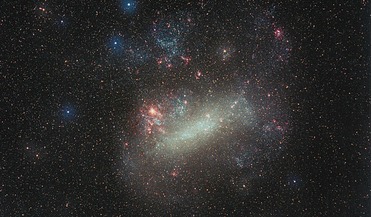 28 November 2018
A hidden giant found lurking close to the Milky Way
28 November 2018
A hidden giant found lurking close to the Milky Way
... 100 times more diffuse than the so-called ultra diffuse galaxies (UDGs) that populate the Universe. Despite living up ... to be due to the former explanation; that the galaxy was originally a substantially more luminous dwarf in the beginning...
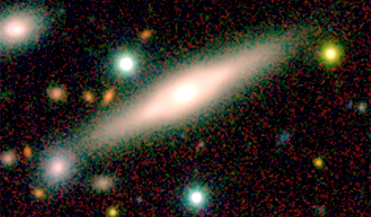 22 March 2019
Citizen science project turns research into a quest
22 March 2019
Citizen science project turns research into a quest
... already will have applied a computer algorithm to try to find galaxies in the images. “Telling us when you think the computer... the universe formed and evolved. “Most if not all galaxies have supermassive black holes millions to billions of times the ...